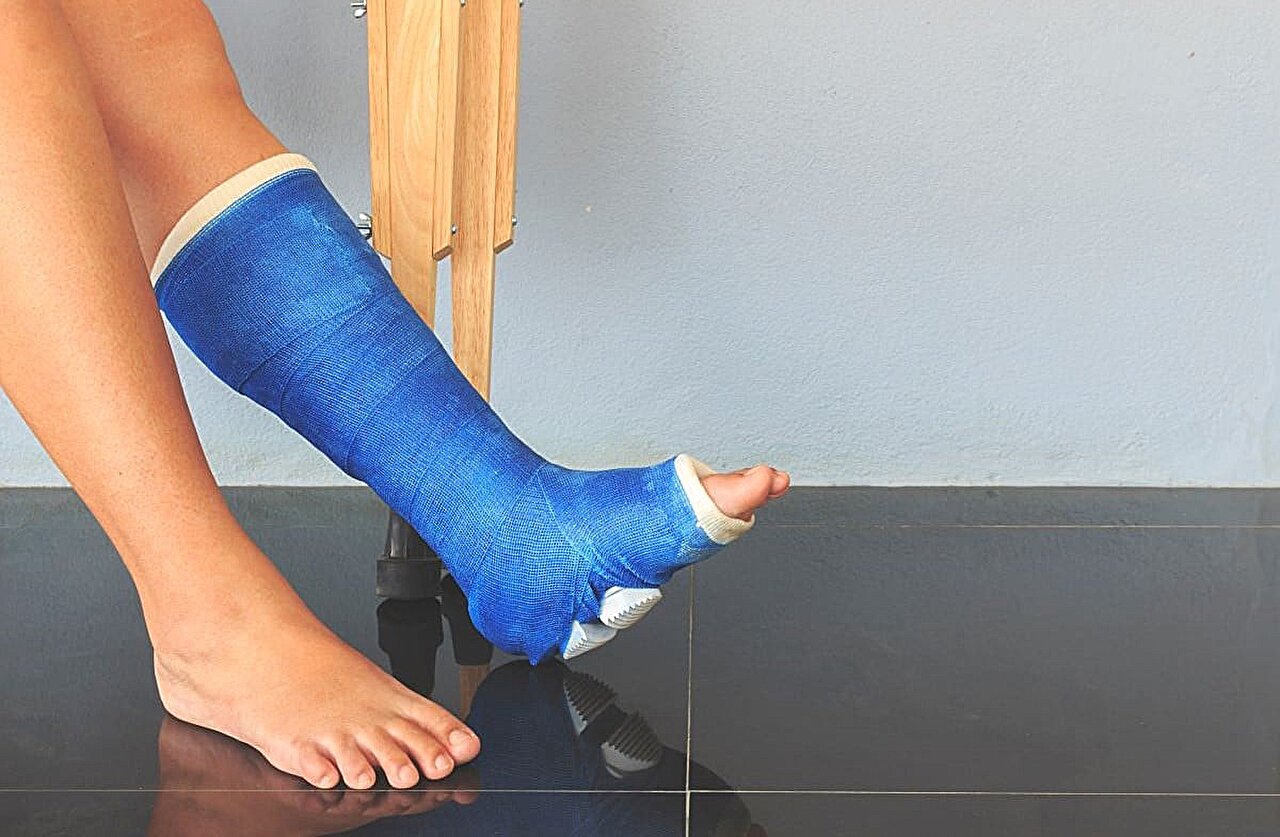A recent study published in JAMA Network Open has revealed that women with type 2 diabetes (T2D) have higher bone mineral density (BMD) and better bone microarchitecture compared to women without diabetes.
However, despite these favorable bone characteristics, women with T2D exhibit poorer physical function. This research highlights the complex relationship between diabetes and bone health, particularly in older women, who are already at increased risk for fractures.
The study, led by Dr. Michail Zoulakis from the Sahlgrenska Osteoporosis Centre at the University of Gothenburg, was part of the larger Sahlgrenska University Hospital Prospective Evaluation of Risk of Bone Fractures study cohort.
It involved a prospective observational study of 3,008 women aged 75 to 80 years, including 294 women with T2D and 2,714 women without diabetes. The research aimed to determine whether the higher fracture risk in women with T2D could be attributed to either poorer skeletal characteristics or worse physical function.

Findings from the study indicated that women with T2D had significantly higher BMD at all measured sites compared to their non-diabetic counterparts. Additionally, they had a 7.4% greater cortical area, 1.3% higher density in the tibia, and an 8.7% higher trabecular bone volume fraction.
However, no differences were found in the bone material strength index (BMSi) between the two groups. Despite these positive bone metrics, women with T2D demonstrated lower performance on all physical function tests.
Specifically, women with T2D exhibited 9.7% lower grip strength, 9.9% slower gait speed, and a 13.9% slower timed up-and-go time compared to women without diabetes.
Over a median follow-up period of 7.3 years, the study recorded 1,071 incident fractures, including 853 major osteoporotic fractures and 232 hip fractures. The data showed that T2D was associated with a higher risk for both any fracture and major osteoporotic fractures, with hazard ratios indicating a statistically significant increase in fracture risk.
The authors of the study conclude that while older women with T2D have better bone density and microarchitecture, their poorer physical function likely contributes to the increased fracture risk observed in this population.
This highlights the importance of addressing physical function as a key factor in managing fracture risk in older women with T2D. Some study authors also disclosed connections to the pharmaceutical industry, which is a notable detail given the potential implications for treatment and management strategies.
